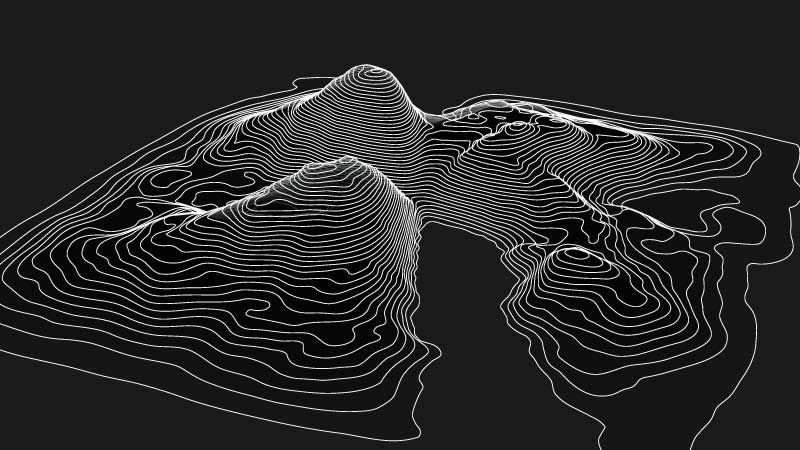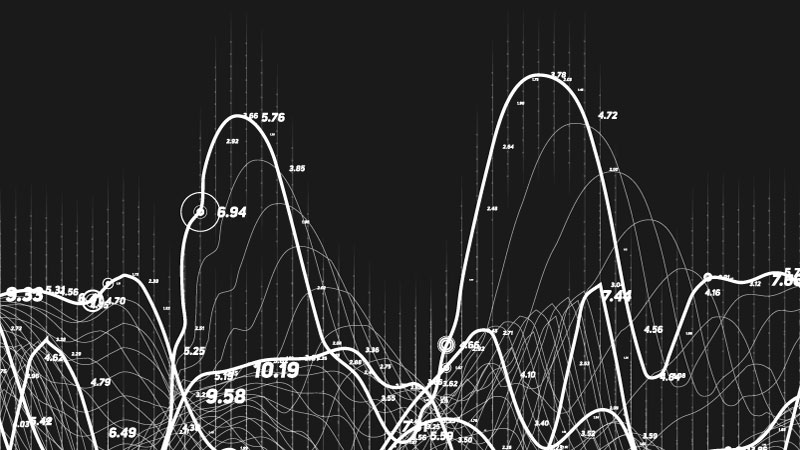Geospatial Intelligence Services
Helping you make smarter, real-world risk management decisions by adding context to your existing data.
Your business or government organization maintains a lot of data in rows and columns, yet the human brain doesn’t process information well that way. That’s why geospatial analysis can really make the difference. Geospatial analysis organizes layers of information visually using maps, adding the context of timing and location to traditional data. It makes it easier for you to recognize data trends and patterns, such as distance, proximity, contiguity, and affiliation, that can be lost in traditional reporting methods. A picture really is worth a thousand words (or in this case, a thousand rows and columns).
Digital Cloak currently provides geospatial analysis, and specifically geospatial intelligence services, to multiple clients. We use data from various sources—GPS, location sensors, social media, mobile devices, satellite imagery, etc.—to provide decision support and to find trends in the complex relationships between people, things, events, and places.

Geospatial Analysis: In a Nutshell
VR/AR allows us to create alternative digital training scenarios and experiences in which we can create and handle real world events and situations, without actually putting the client into a potentially dangerous or high-stakes situation.
For example, safety is a great area in which VR/AR can be used. Our VR/AR team can create a fully immersive experience in operating specific industrial control systems where the clients’ users can interact with the equipment, but in a virtual environment. This allows the users to learn the operational controls of the system before heading out to physically use it.

How Digital Cloak Can Help
Digital Cloak can perform a variety of geospatial analysis functions for you, including but not limited to:
- Helping you frame the decision you want to make.
- Analyzing your data sources targeted for use.
- Helping you frame the decision you want to make.
- Coordinating with various geospatial data providers (Open GIS, Esri, etc.) on your behalf.
- Providing open-source or custom tools for viewing and analyzing your data.
- Making recommendations on how to filter the available data based on your decision objective.
- Identifying trends or patterns in data.
- Repeating or automating the analysis using modeling and scripting.

Case Studies
Case Study 1: Mission Assurance Support for a Government Client
Digital Cloak provides geospatial intelligence services to a government client to support their mission assurance program objectives. The client’s data includes data about assets and their impacts on various organizational missions. Digital Cloak maintains a database for the client that tracks numerous attributes of each of these assets, as well as a diverse set of details about the missions they support. This data can be cumbersome to analyze because the assets are owned by different agencies and commercial organizations, and the missions that rely on the assets are performed by multiple government entities, not just our client.
This large set of data can be viewed in rows and columns, but rows and columns don’t lend themselves to answering complex questions and data calls. By overlaying our client’s asset and mission data on top of geospatial data layers, we can answer complex questions visually and quickly. These include:
- Which assets are in the path of an oncoming storm?
When a hurricane is imminent, we can visualize which assets are in the path of a storm, which are near bodies of water, etc. This visualization assists with mitigating the impacts of natural hazards. - Which assets may be impacted by a nuclear strike or a chemical spill??
Our team provides plume mapping capabilities that identify assets that fall within the zone of these threats. Spatial visualization of these events and the negative repercussions that they may cause is quickly realized in a matter of seconds through a single map view. - Are any of the assets down?
What are the implications? For example, if a particular asset is degraded or offline, we can quickly visualize how that impacts other dependent assets in a particular region through the use of conditional formatting. This visualization assists with quickly identifying the problem areas and enables the use of an interactive map to gather further details.
Case Study 2: Mission Planning Data for a Government Client
Digital Cloak worked with a U.S. ally to collect and clean their geospatial data. We then worked with a government client to overlay that foreign ally’s geospatial data with data regarding specific mission objectives and assets.
The goal was to determine how to move specific assets and their components from Point A to Point B while meeting a specific set of parameters. The project was complex and multifaceted, taking into account ship sizes; time frames, especially regarding how time impacts tides; populations at various locations; geographical data such as waterways and caves; and weather patterns, among other data sets.
The resultant modeling continues to support our client’s ongoing objectives.